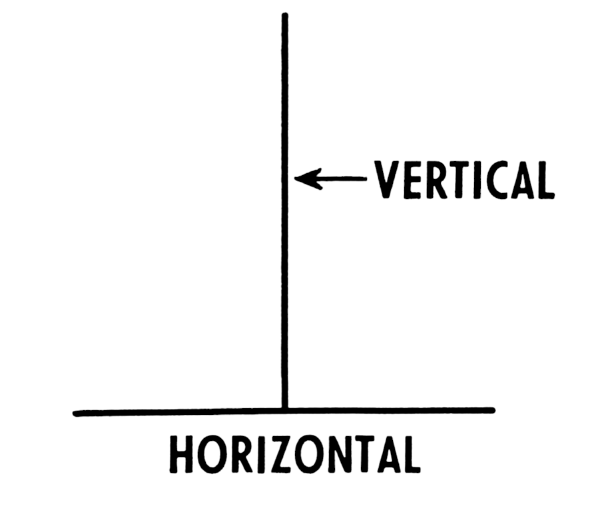Going Horizontal
 In microeconomics and management, going vertical or vertical integration occurs when the supply chain of a company is owned by that company. For example, if a car manufacturer also produces its own steel, tires and batteries.
In microeconomics and management, going vertical or vertical integration occurs when the supply chain of a company is owned by that company. For example, if a car manufacturer also produces its own steel, tires and batteries.
This is in contrast with horizontal integration, wherein a company produces several items which are related to one another.
Higher education has been a vertical enterprise for centuries. We keep knowledge creation, teaching, testing, and credentialing all under one company/college banner.
These are terms from economics and business. Are they applicable to discussions about education?
Horizontal integration often occurs in the business world by internal expansion, acquisition or merger. Of course, that might happen in education too, but there are also signs that it is happening in other ways.
When MOOCs were the big news five years ago, some people saw this as a shift from a vertically integrated model to a horizontally integrated one by decoupling teaching and learning from the campus testing and credentialing.
In looking for further examples of vertical and horizontal integration in education, the examples I found were mostly in medical education.
"Vertical and horizontal integration of knowledge and skills - a working model" (Snyman WD, Kroon J.) looks at an integrated outcomes-based curriculum for dentistry at the University of Pretoria in 1997.
In "Horizontal and vertical integration of academic disciplines in the medical school curriculum (Vidic B, Weitlauf HM) looks at pedagogical shifts caused by the rapid expansion of new scientific information and the introduction of new technology in operative and diagnostic medicine.
In more general terms, assessment alignment is often the reason for both horizontal and vertical alignment in education. Alignment is typically understood as the agreement between a set of content standards and an assessment used to measure those standards. By establishing content standards, stakeholders in an education system determine what students are expected to know and be able to do at each grade level.
Probably, it is best when education goes both vertically and horizontally.
Horizontal information exchange can be teachers sharing methodology, students sharing information, students helping each other learn.
When a curriculum is truly vertically aligned or vertically coherent, what students learn in one lesson, course, or grade level prepares them for the next lesson, course, or grade level. I know teaching is supposed to be structured and logically sequenced so that learning progressively prepares them for more challenging, higher-level work. I saw that structured sequencing more in my K-12 teaching than I do in higher education which is more siloed.
Let's work on going more horizontal, higher ed.
Trackbacks
Trackback specific URI for this entryThe author does not allow comments to this entry
Comments
No comments